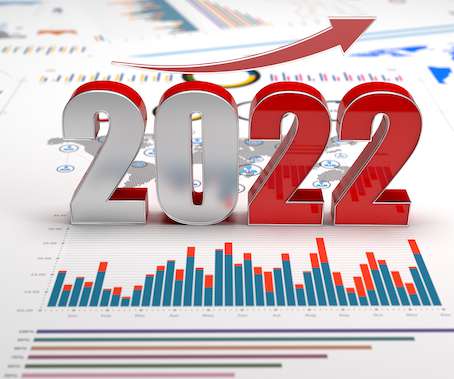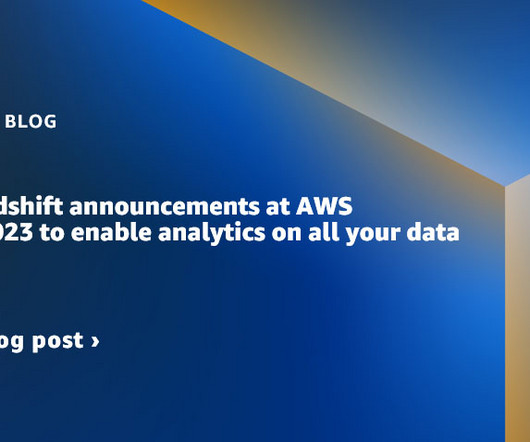Eight Top DataOps Trends for 2022
DataKitchen
NOVEMBER 29, 2021
In 2022, data organizations will institute robust automated processes around their AI systems to make them more accountable to stakeholders. Model developers will test for AI bias as part of their pre-deployment testing. Continuous testing, monitoring and observability will prevent biased models from deploying or continuing to operate.















Let's personalize your content